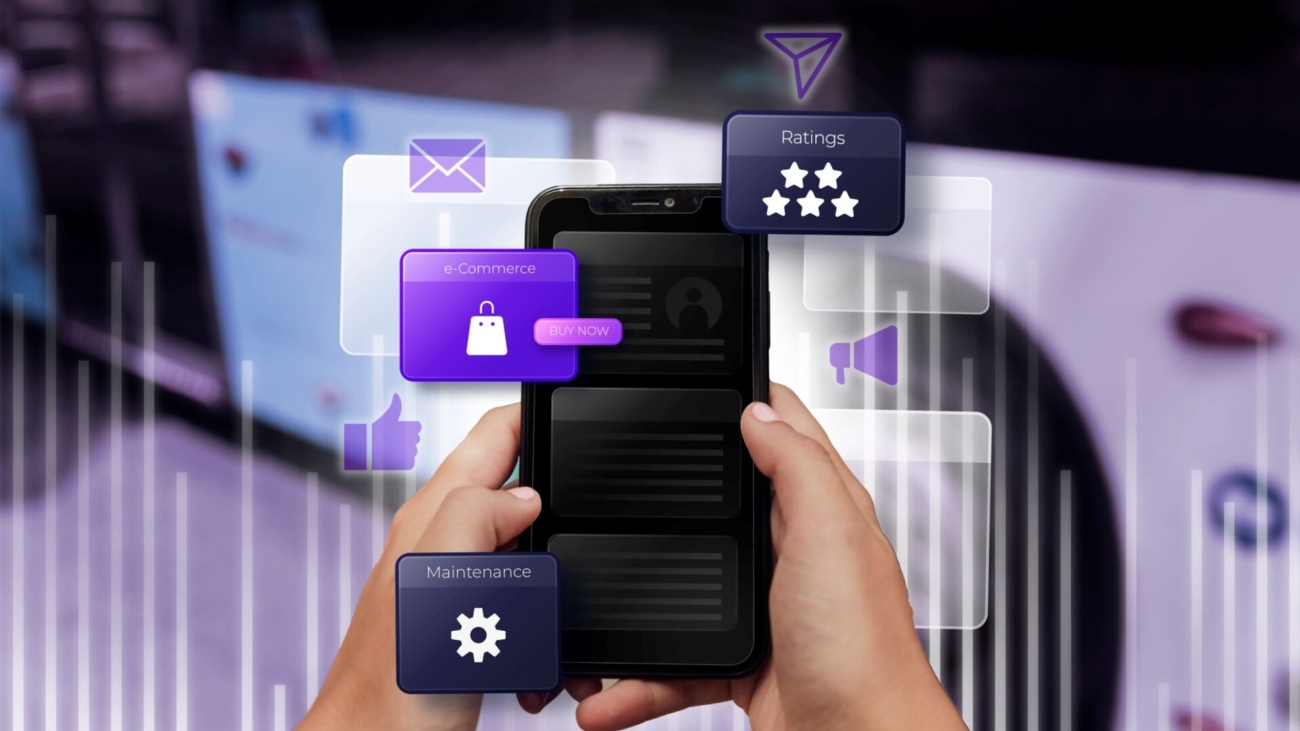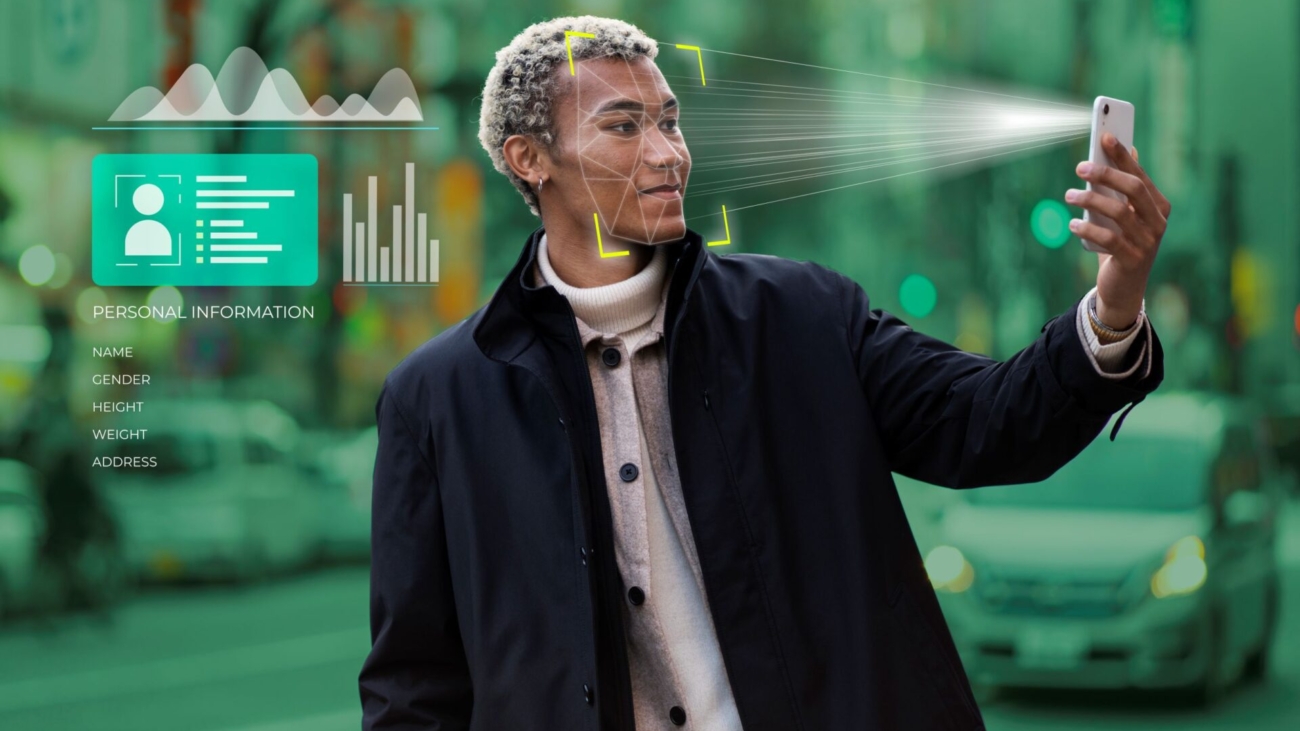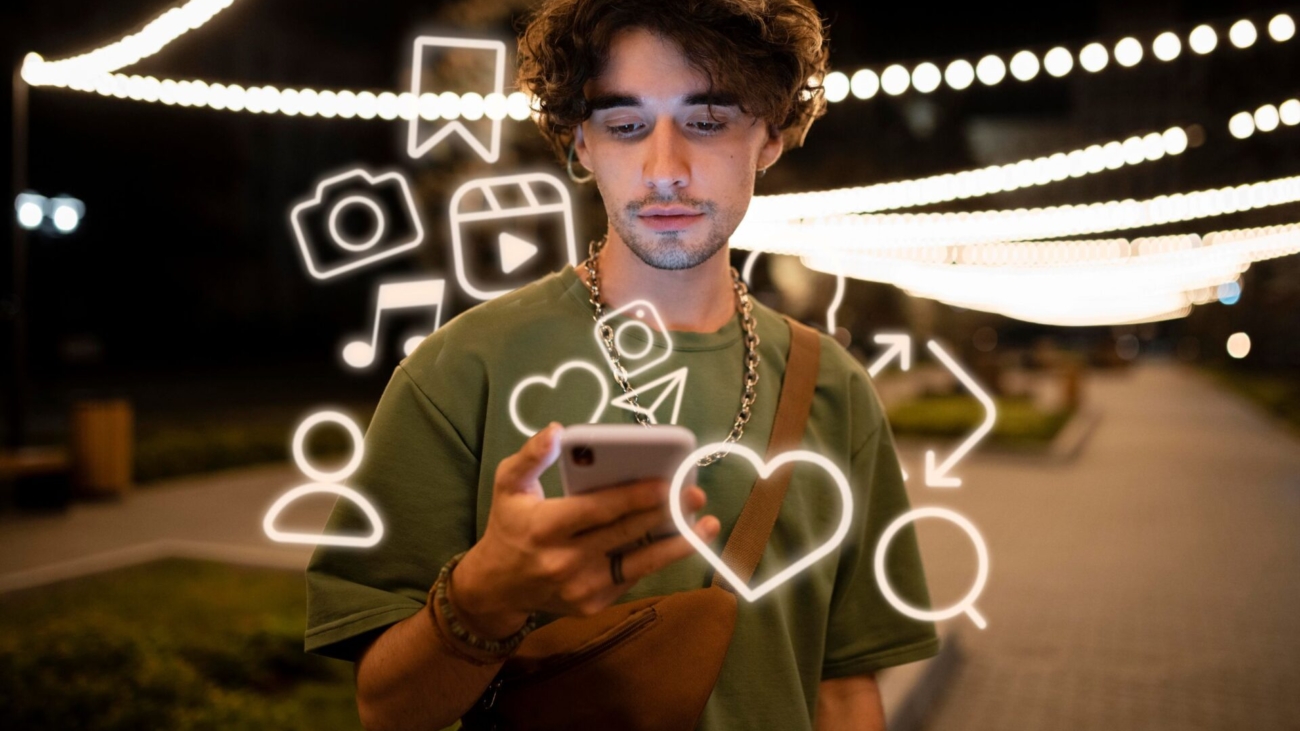A moment of revelation hit me when we first started using AI-powered content testing in our campaigns: the days of waiting for A/B test results are over. In the dynamic world of digital marketing, every second counts. I remember feeling frustrated by the sluggish pace of traditional methods that seemed to put a brake on agility and innovation.
When I discovered solutions like Persado and Mutiny, powered by cutting-edge natural language processing and behavioral AI, everything changed. These platforms were not merely tools, but partners in creativity, allowing us to test CTAs, headlines, and images while campaigns were live. The ability to react immediately, based on real-time engagement signals, was a game-changer. I learned that in digital marketing, adaptability isn’t just an advantage; it’s a necessity.
Here are some insights from my experience:
– Real-time optimization leads to faster results without the compromise of waiting for the traditional testing period to conclude.
– AI-driven platforms offer a significant edge in personalizing content at scale, thus widening the scope for engagement.
– Empowering marketers with the tools to reduce guesswork encourages creativity and boosts confidence in decision-making.
In an industry where speed and relevance are vital, leveraging AI for real-time content testing can elevate how we connect with audiences. I encourage every digital specialist to explore these innovative solutions. They don’t just optimize campaigns—they transform them.
What has been your experience with integrating AI in your marketing strategies? How do you see it reshaping the future of content testing in your field? Share your thoughts. Let’s keep the conversation going and learn from each other.







